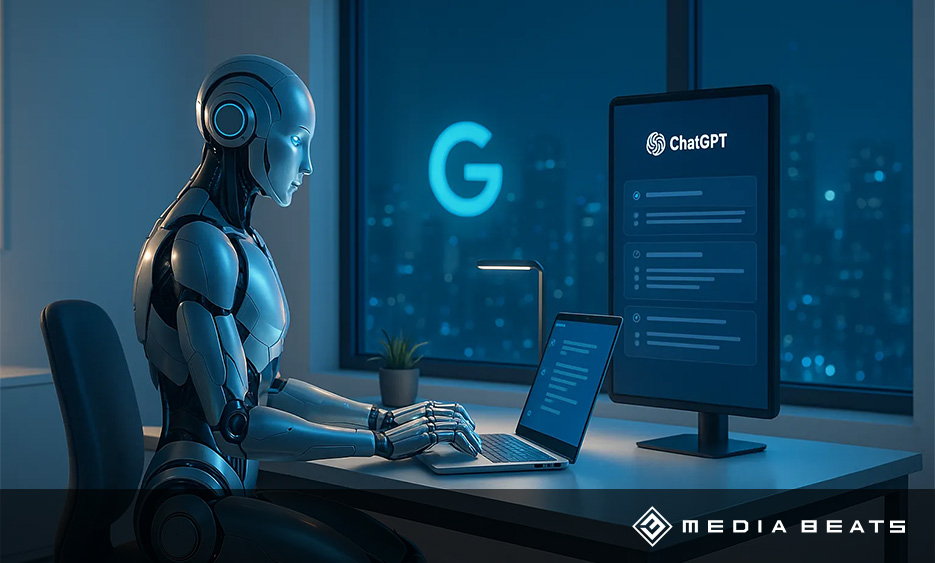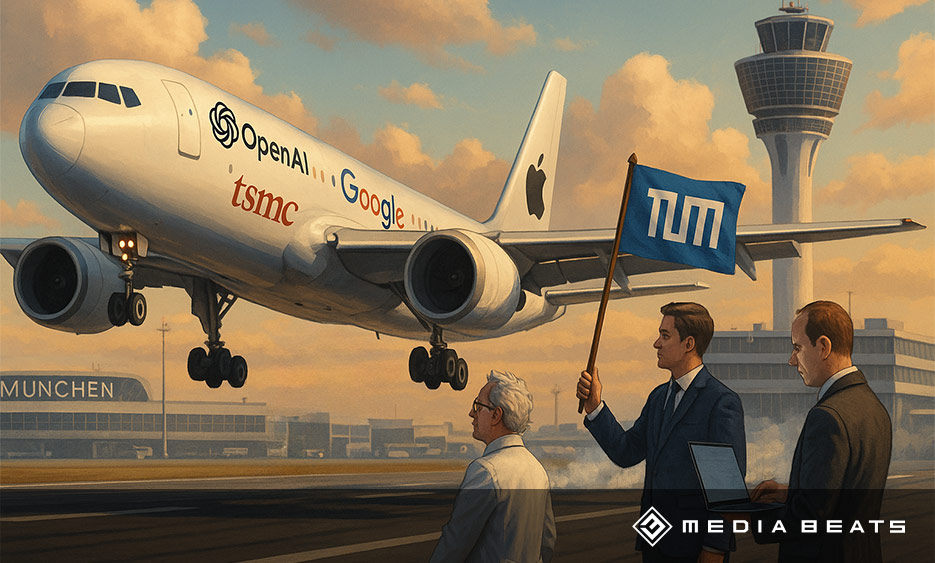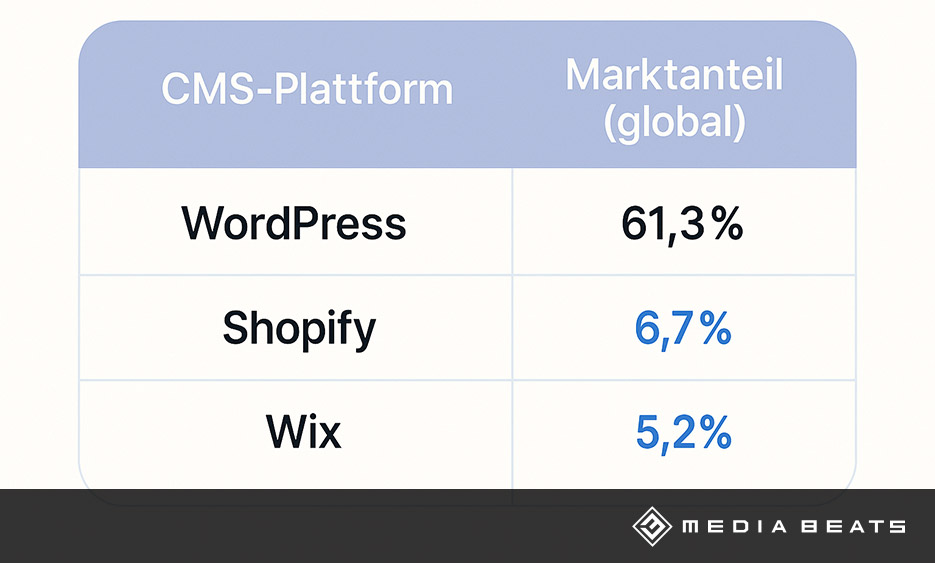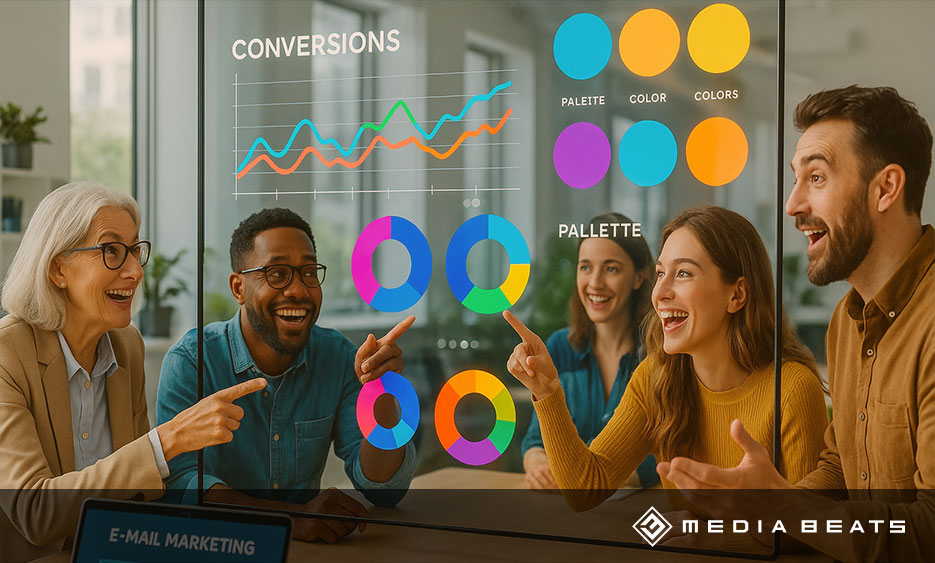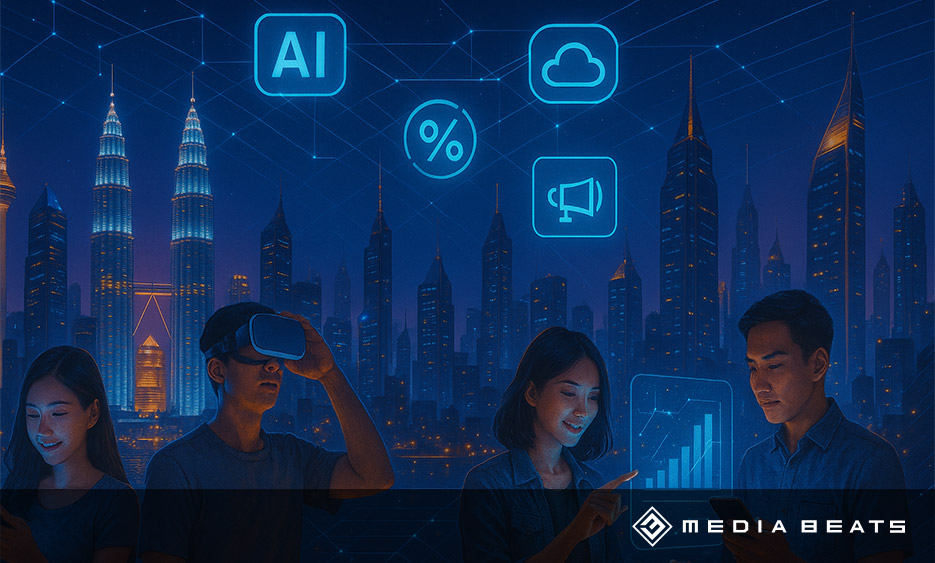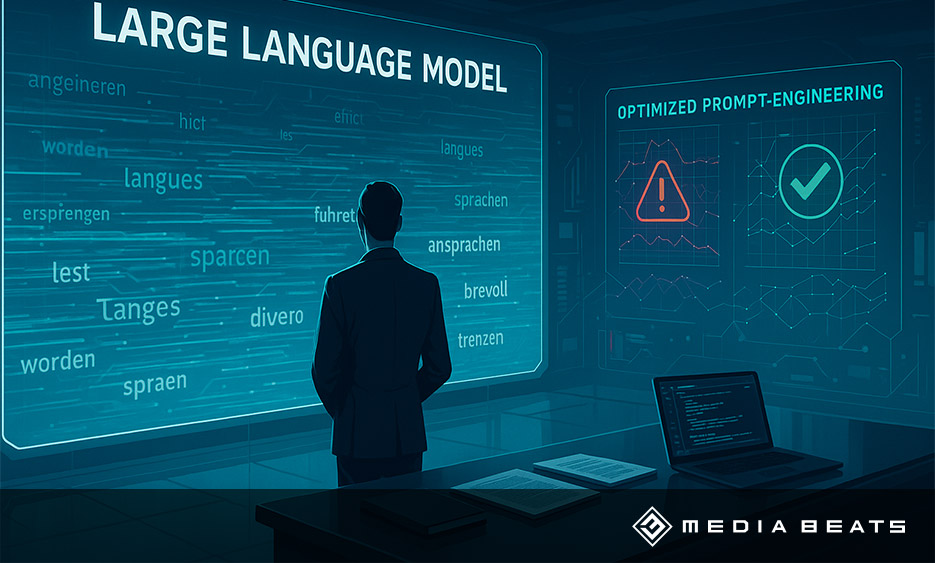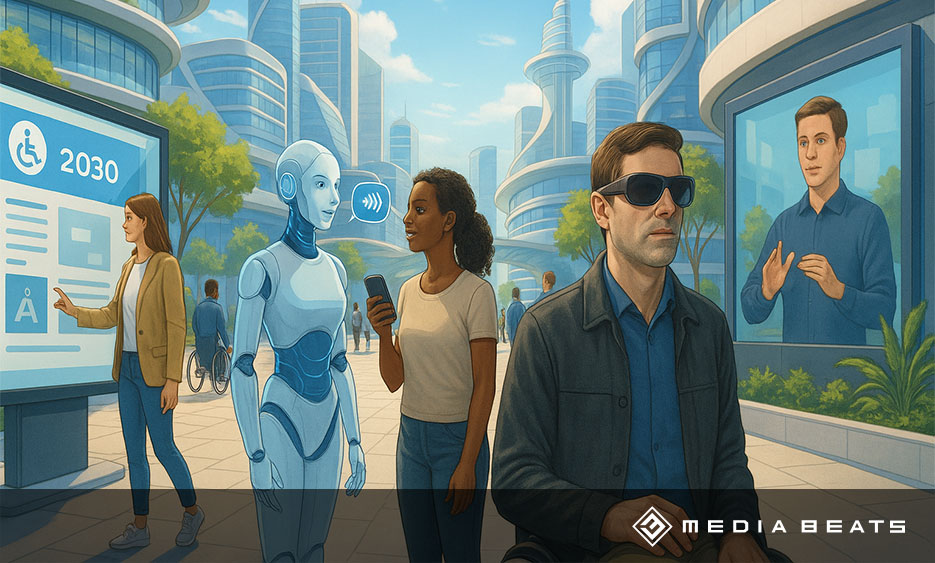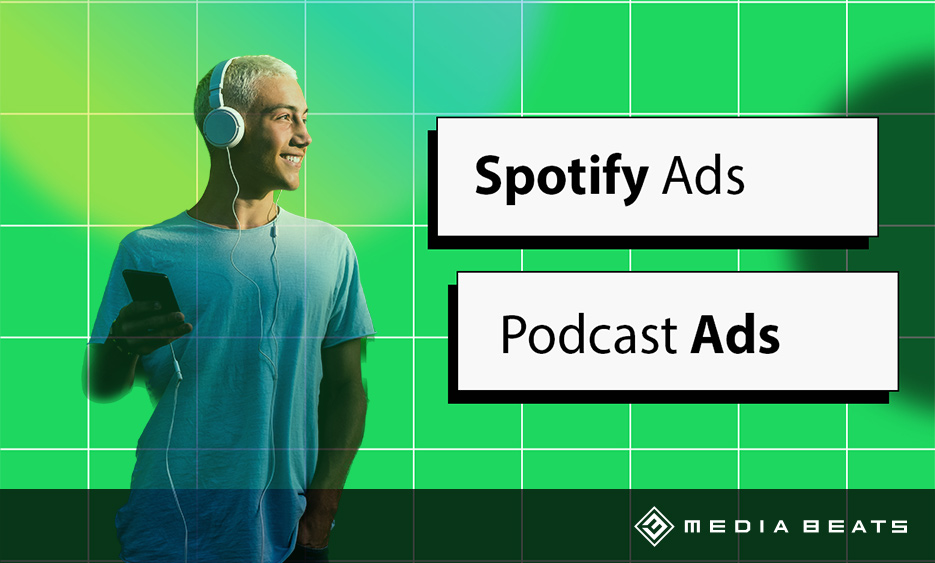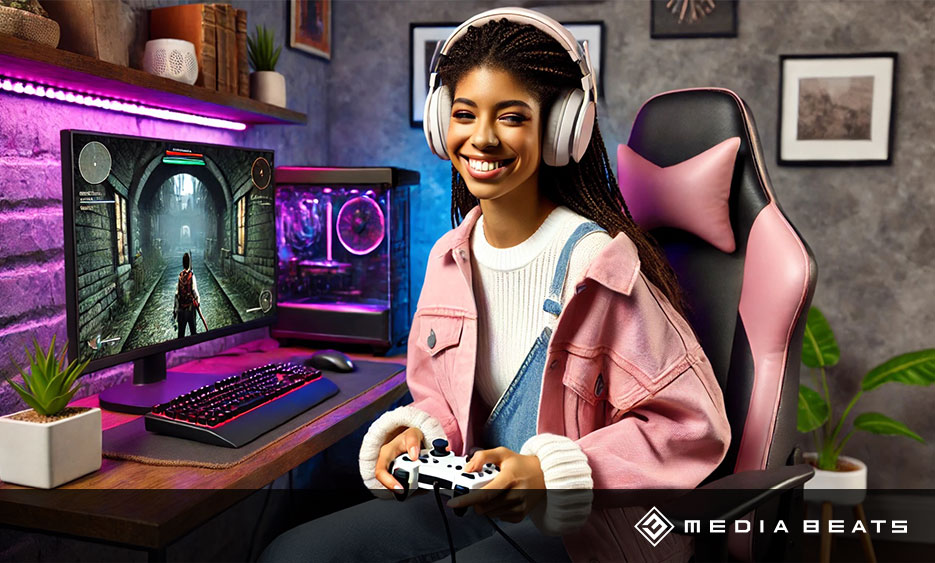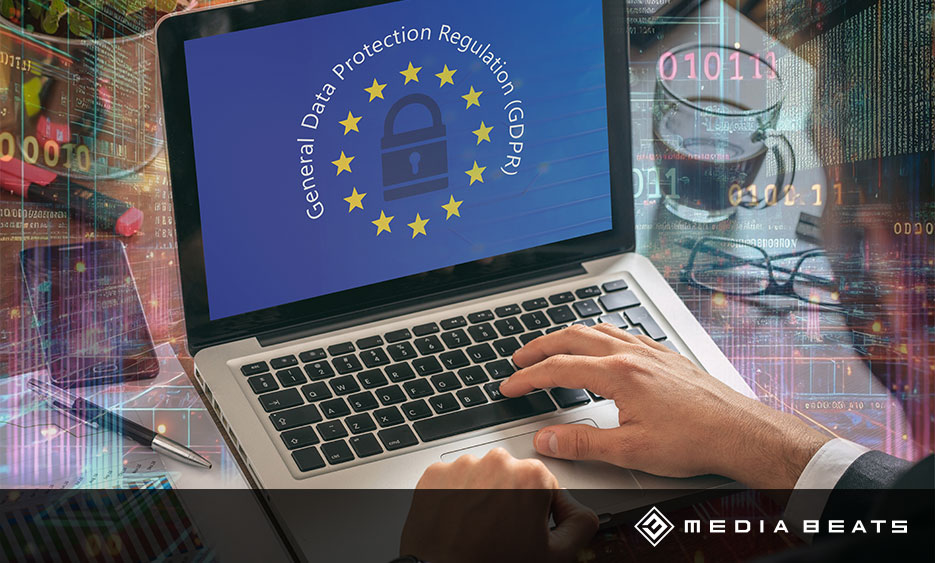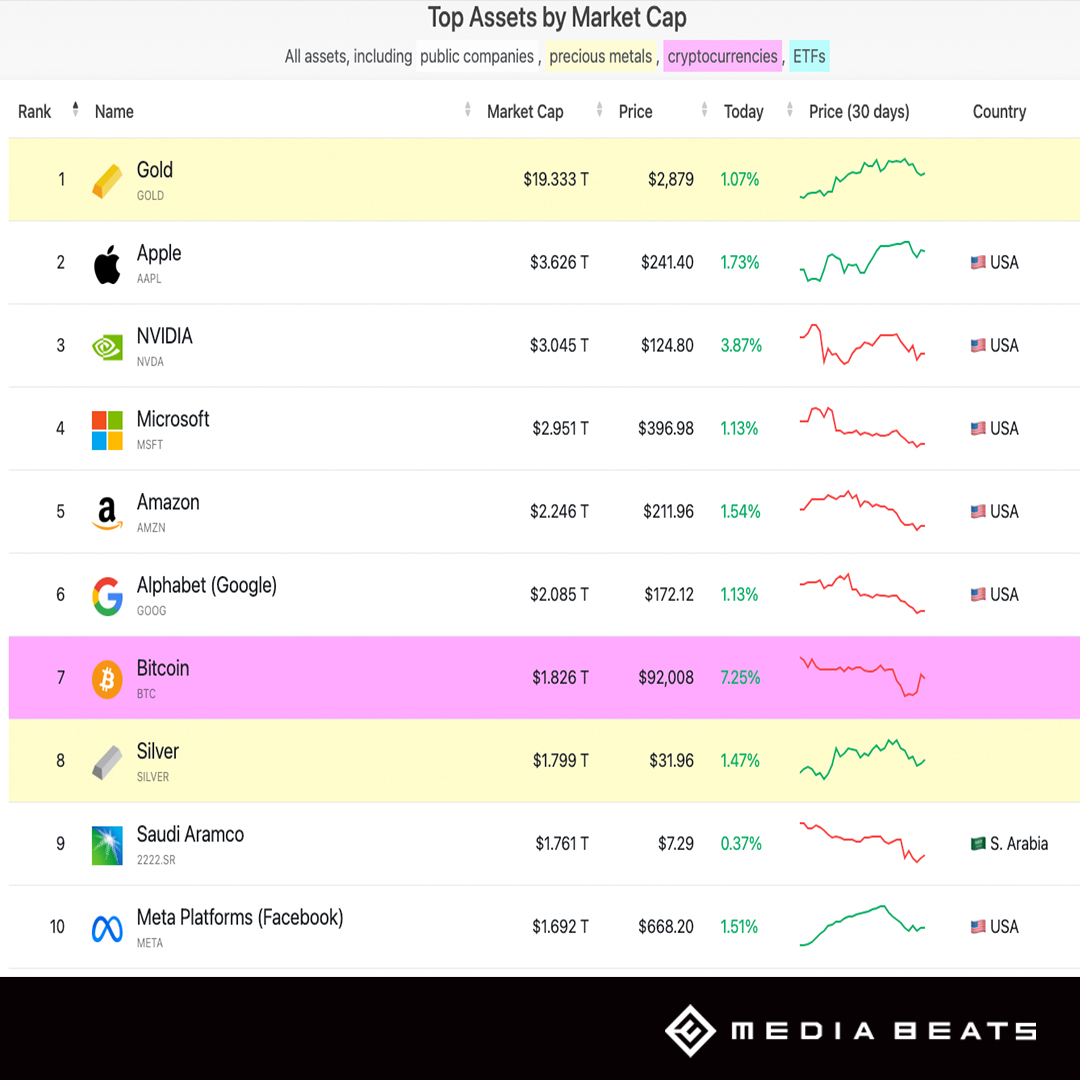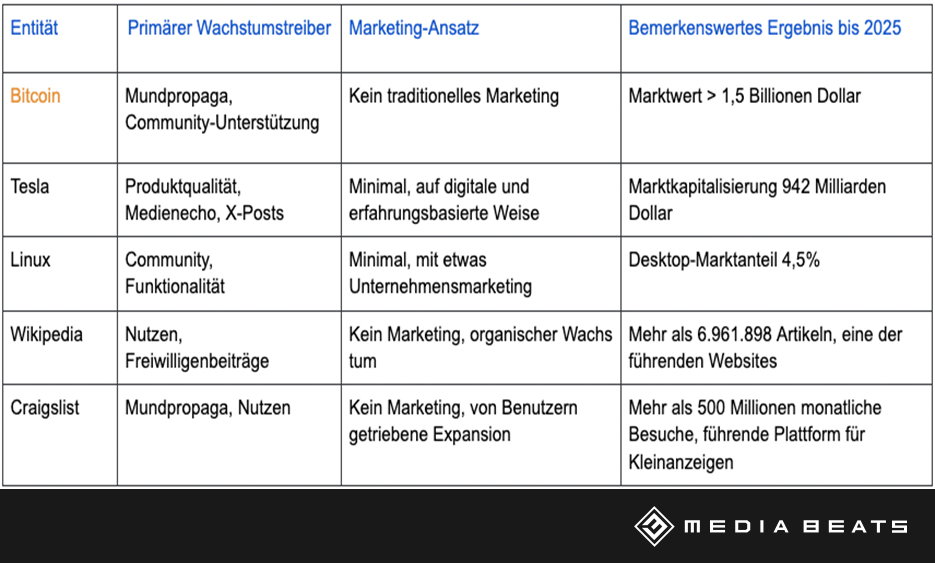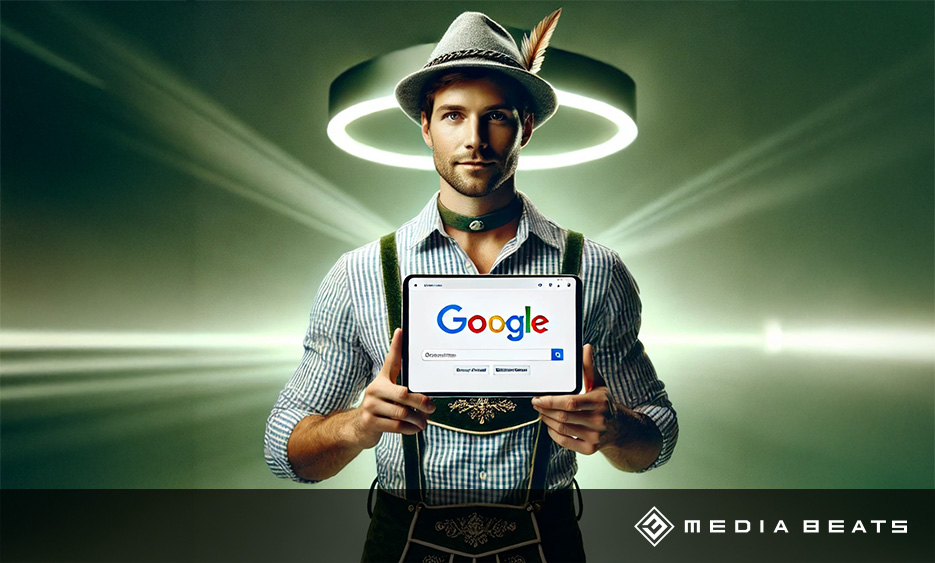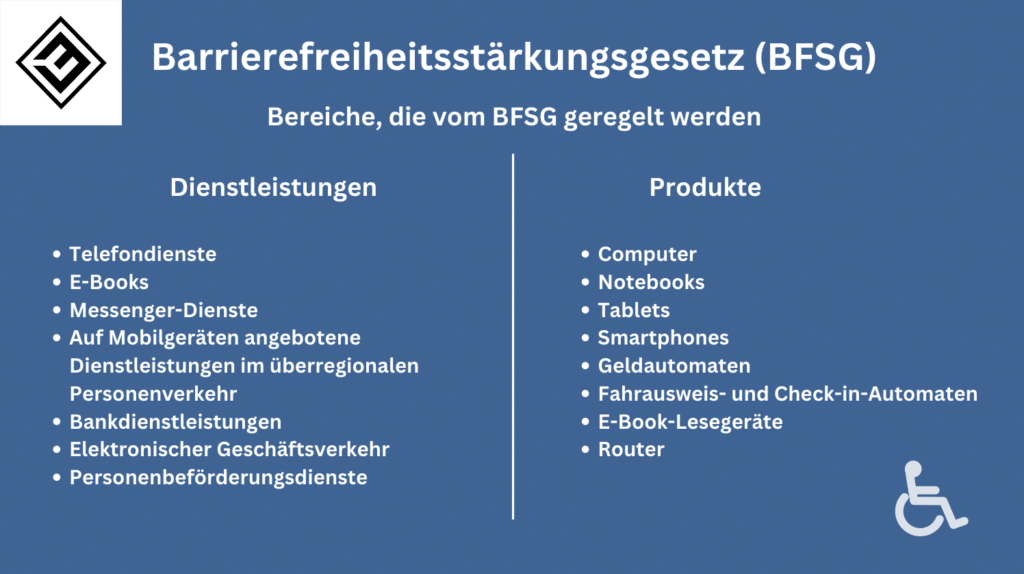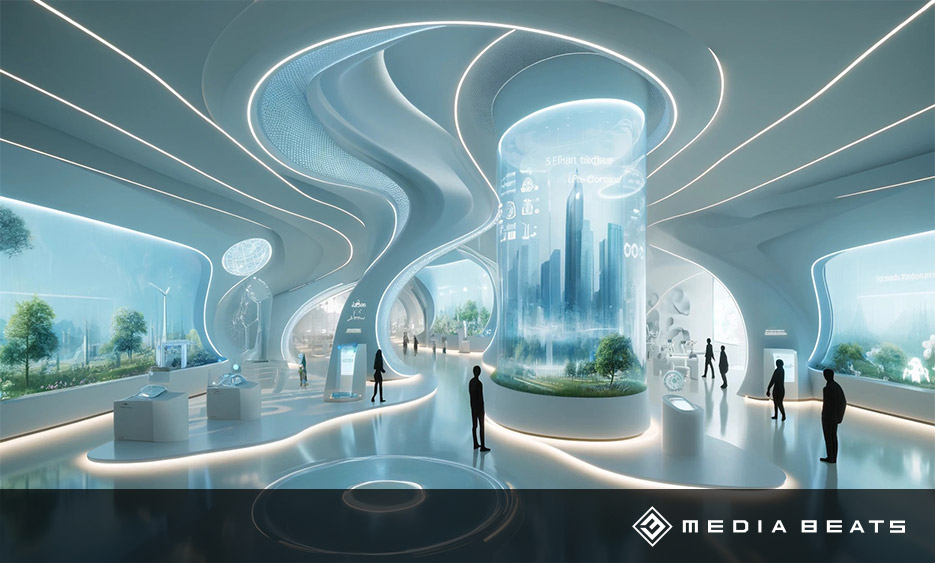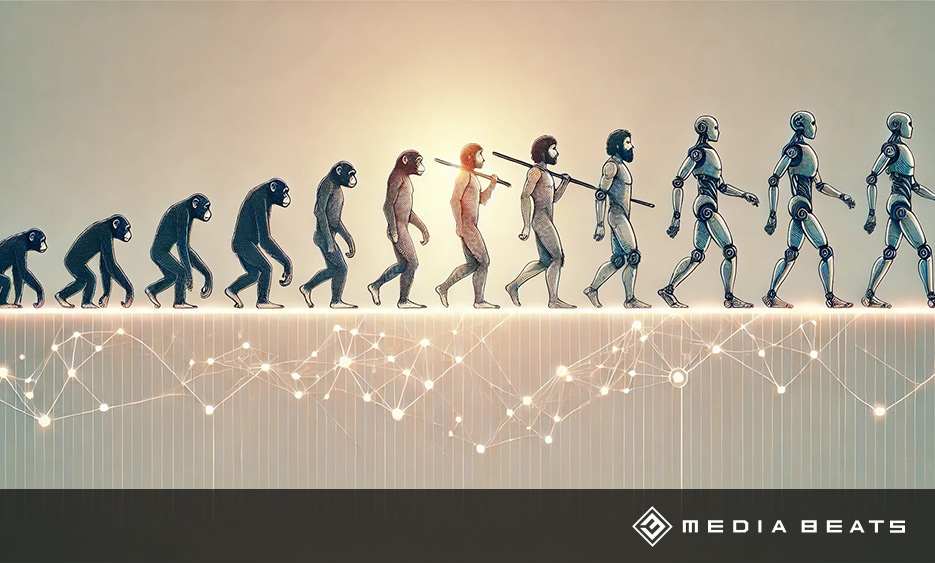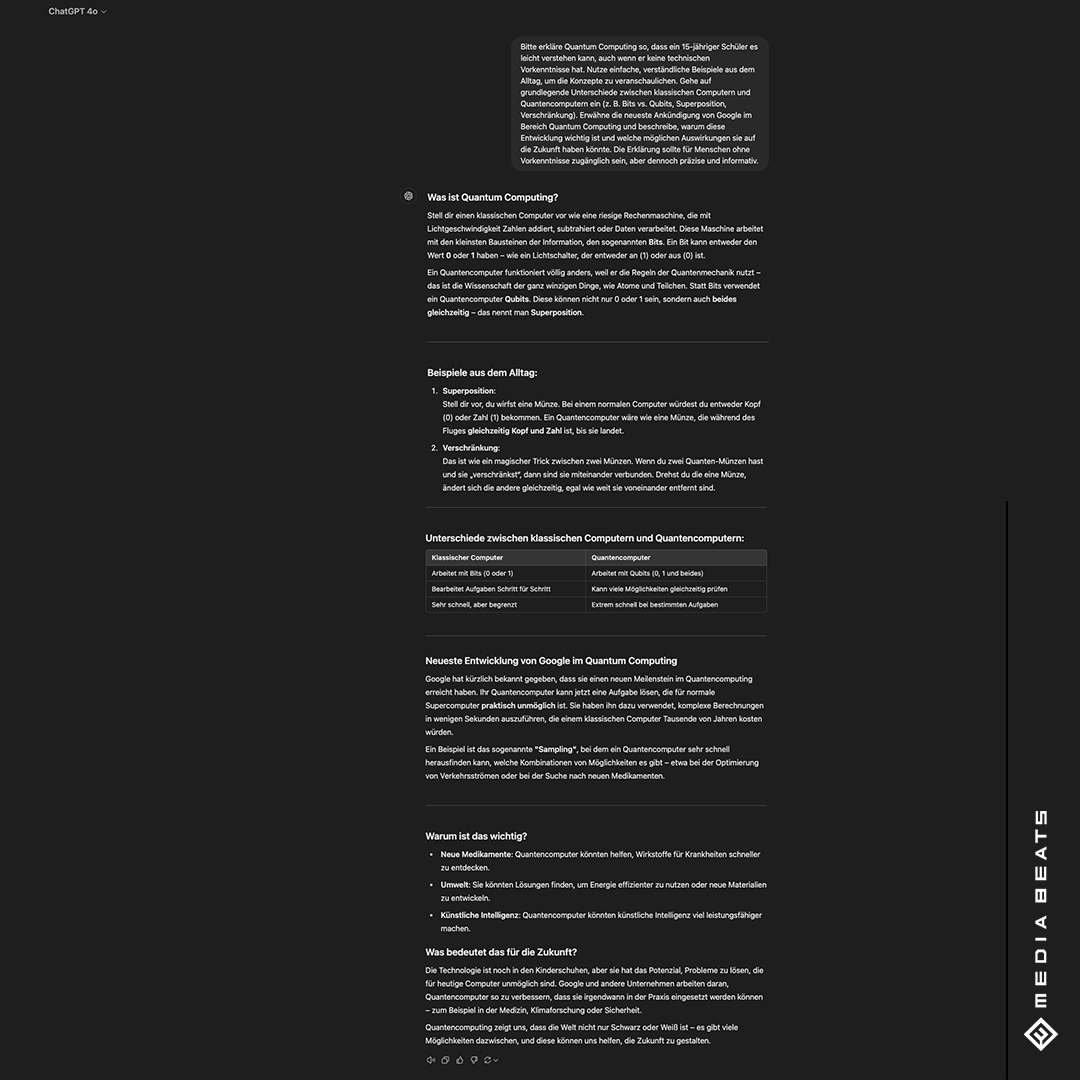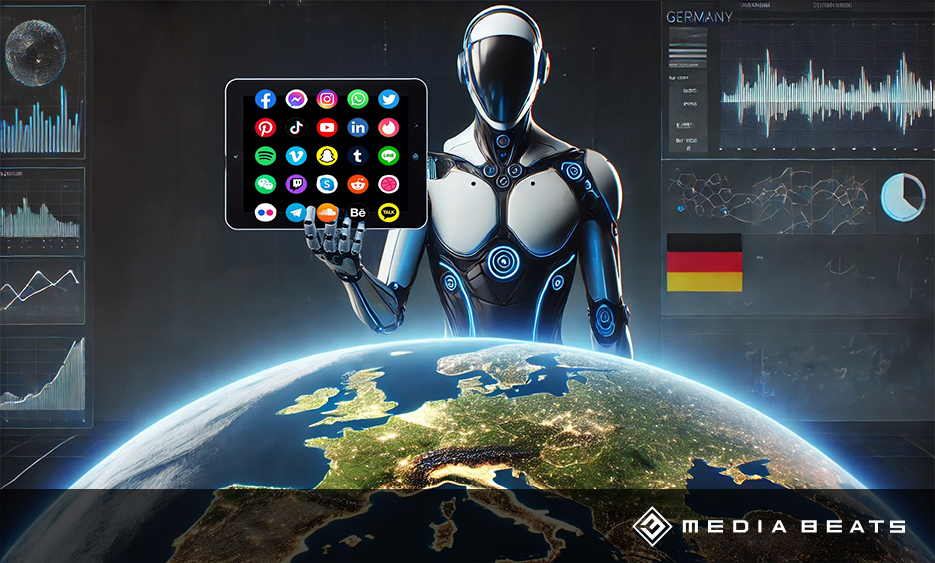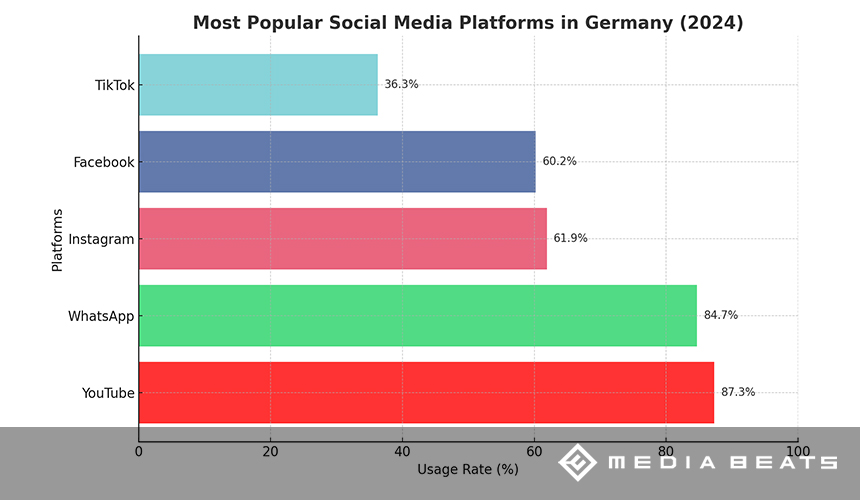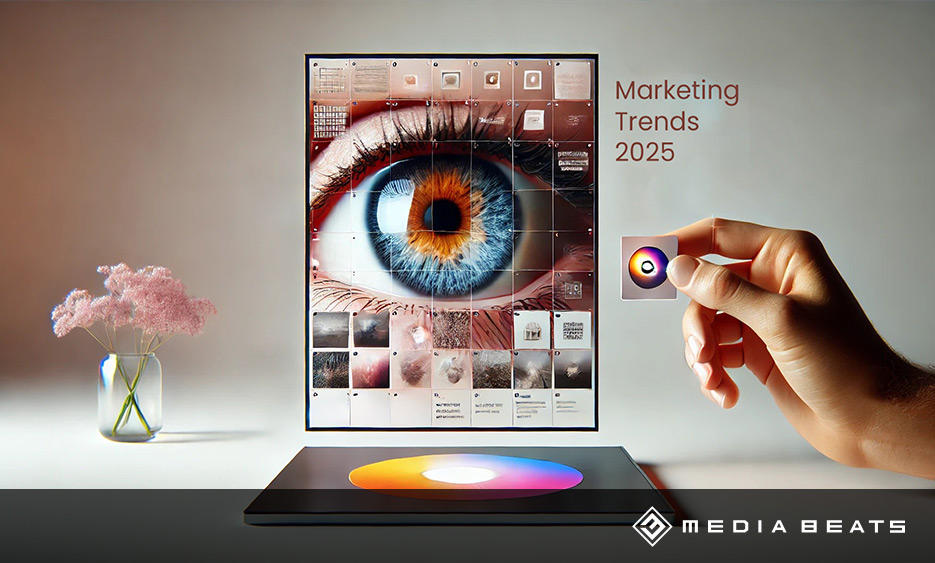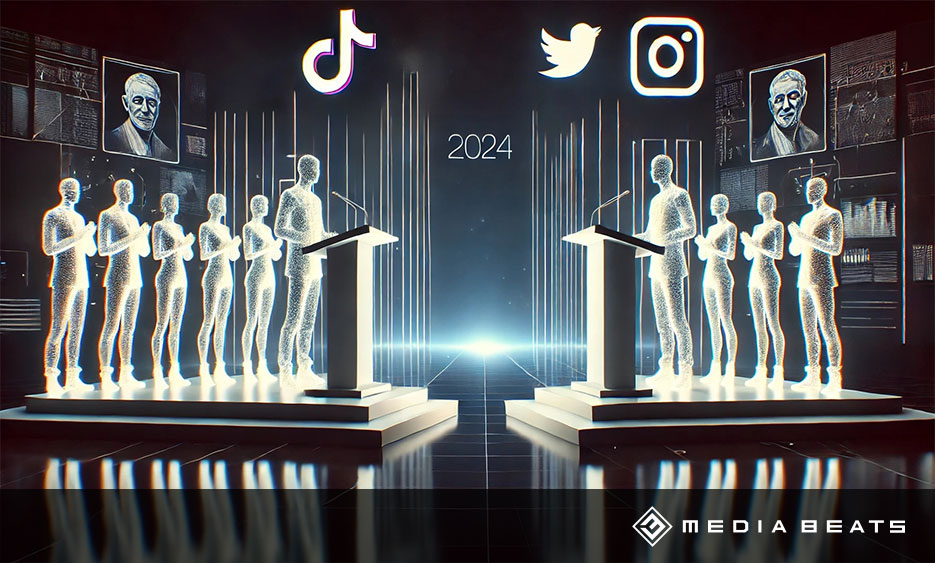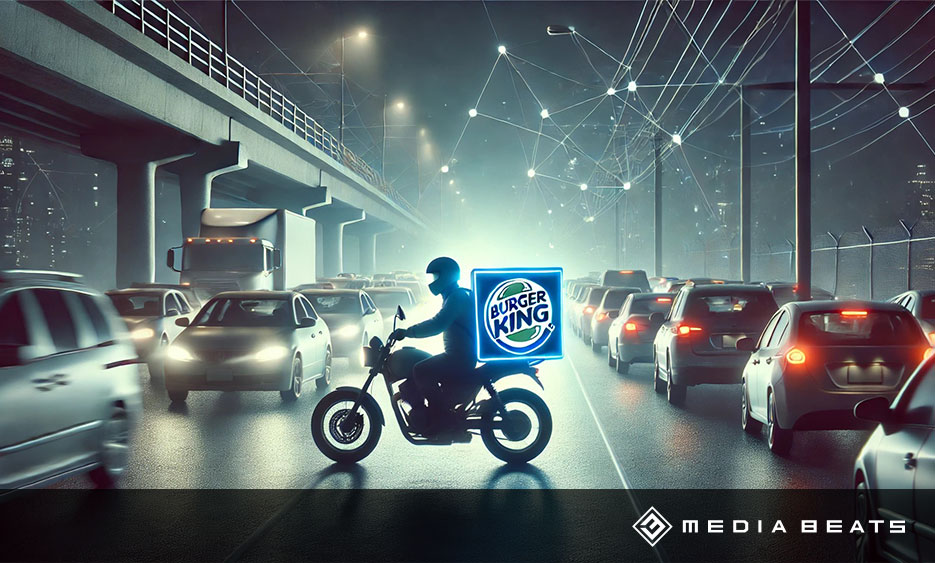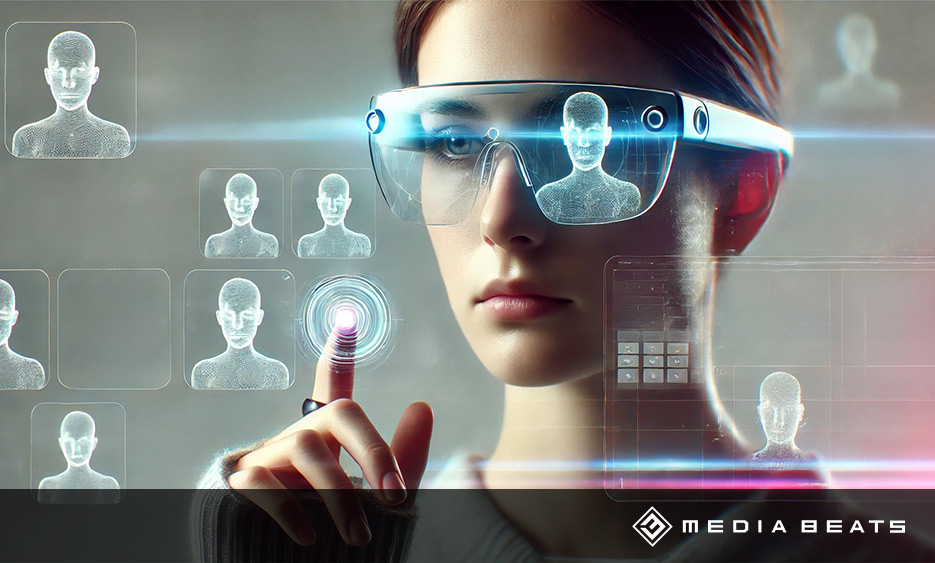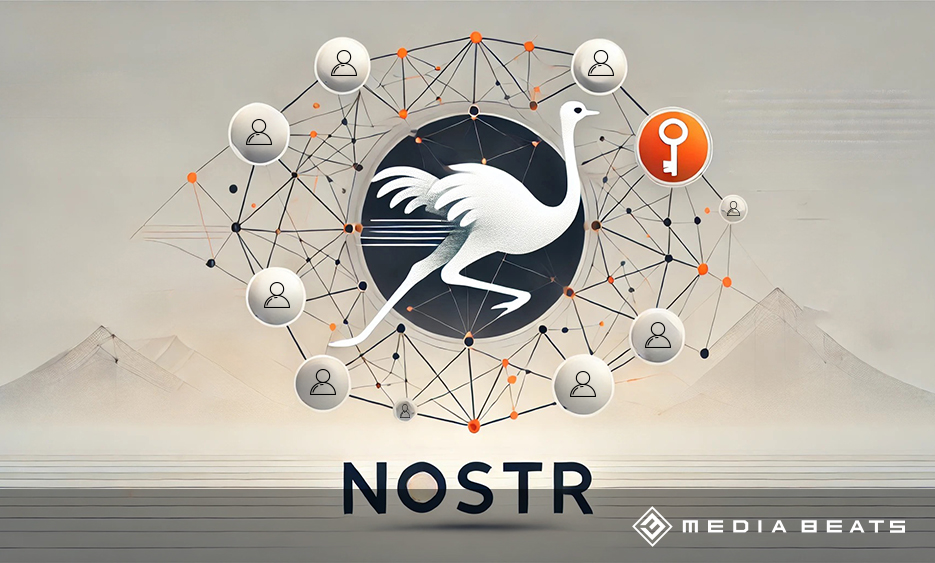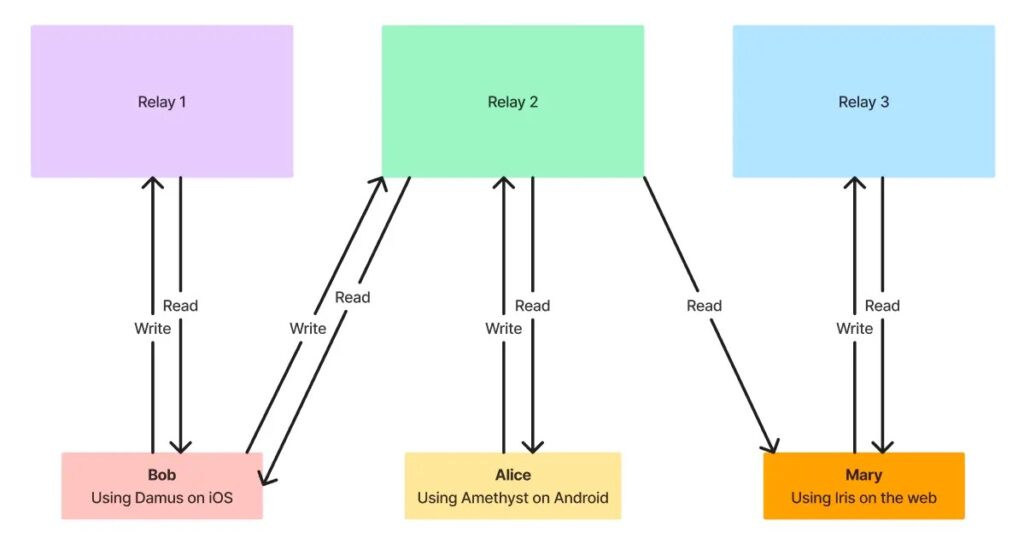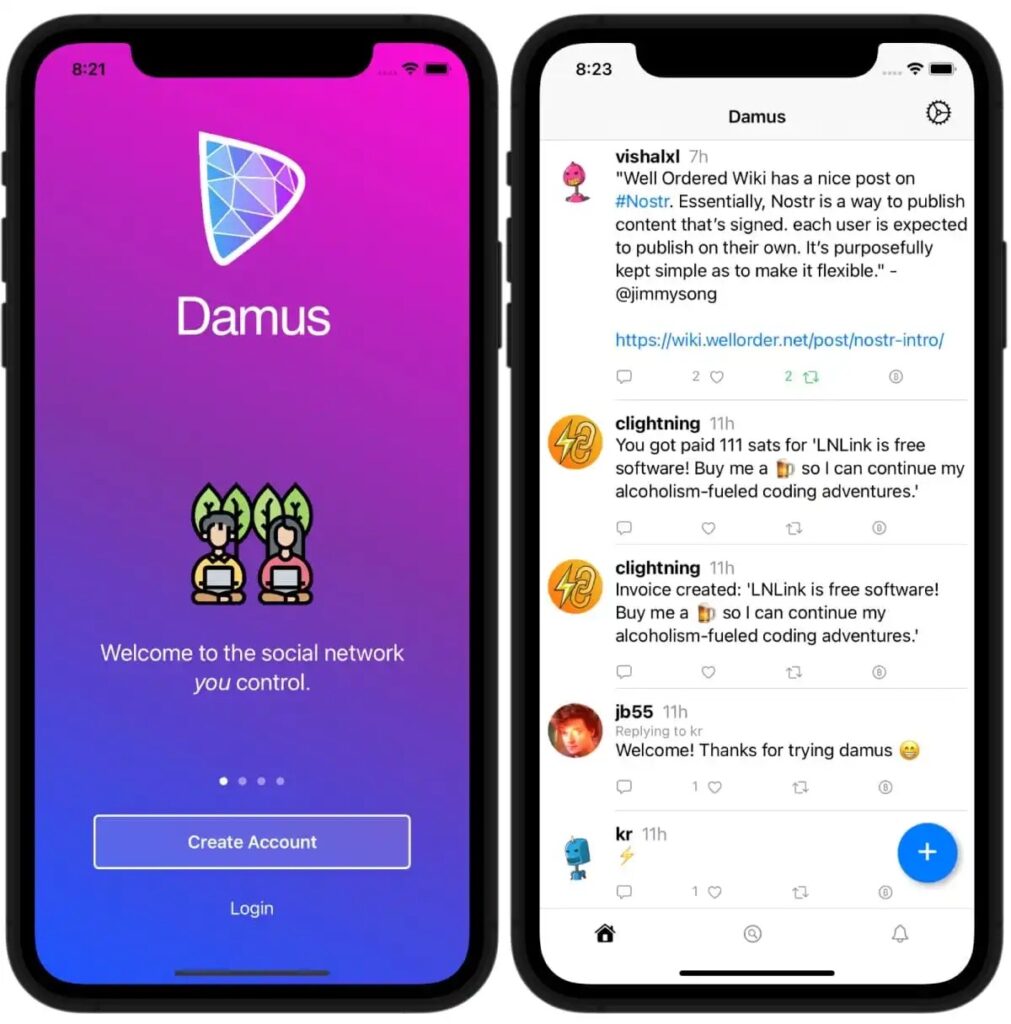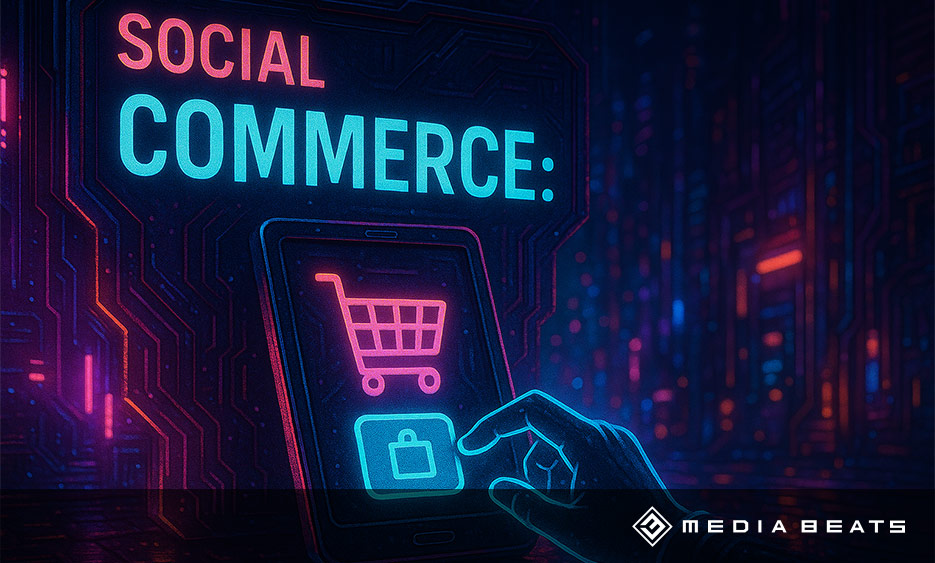
Social commerce: How social media is revolutionizing online retail
Social commerce is one of the most dynamic trends in online marketing and is sustainably changing sales and customer behavior. It transforms not only sales processes but also the direct engagement of potential customers via social networks.
Our full-service agency observes daily how social media and e-commerce are increasingly merging. This constantly creates new opportunities for companies to market their products targeted and effectively. This development opens many possibilities for brands and retailers to increase their sales and retain customers long-term.
In this blog post, we explain exactly what social commerce means and how it works. You will learn about the specific benefits this development offers your company. We also introduce the platforms that are currently leading in social commerce.
We also highlight the challenges your company should address in a timely manner. Finally, we explain how email marketing and performance marketing can be effectively combined with social commerce. This increases the effectiveness of your digital strategy and optimizes your entire online presence.
The rapid growth of ChatGPT compared to traditional search engines
Social commerce describes the sale of products and services directly through social networks. The entire purchasing process takes place within the platform—from product search and consultation to payment. Unlike traditional online retail, where customers are redirected to a website, users remain on Facebook, Instagram, TikTok, or Pinterest during social commerce. There, they can purchase directly without detours and complete the transaction.
Which platforms are driving social commerce?
- Instagram: Shoppable posts, stories with product tags, and live shopping events
- Facebook: Marketplace, shops, and live stream sales
- TikTok: TikTok Shop, live shopping, and creator-supported product showcases
- Pinterest: Shoppable pins and idea collections with purchase options
- WeChat (Asia): mini-programs with integrated shopping experience
How does a purchase work?
Users discover products through posts, influencer recommendations, or targeted advertising on the platforms. Using integrated features like “buy” buttons, product tags, or in-app checkout, they order immediately. This way, they don’t leave the app and can shop conveniently. This seamless customer journey significantly increases conversion rates. At the same time, it provides a modern and time-saving shopping experience.
Why is social commerce so important for companies in 2025?
What are the advantages of social commerce?
- Broader reach: Over 5 billion people worldwide use social networks – a huge market for brands.
- Fewer abandoned purchases: Buying directly in the app simplifies the ordering process and reduces cart abandonment.
- Trust through social proof: Reviews, comments, and influencers increase credibility and purchase intent.
- Stronger customer loyalty: Interaction before, during, and after purchase creates loyal customer relationships.
- Faster market entry: International expansion succeeds faster and more cost-effectively thanks to global platforms.
- Personalized offers: AI-powered recommendations provide individualized shopping experiences.
How is social commerce changing online marketing?
Social commerce combines marketing, sales, and customer service on one level. Traditional online marketing must therefore be expanded to include omnichannel strategies. These strategies effectively integrate both organic content and performance marketing.
As a full-service agency, we support you in optimally integrating social commerce into your email marketing campaigns. We also assist with the integration into your performance marketing efforts for better results.
How can you integrate social commerce into your online marketing strategy?
What role does email marketing play in social commerce?
Email marketing remains an indispensable tool for targeted customer communication despite social commerce. It helps build trust and sustainably increase sales. With personalized newsletters showcasing product highlights from social shops, you create effective purchase incentives. This way, you bring customers back into your sales channels in a targeted manner and increase loyalty.
How does performance marketing support social commerce?
Targeted advertising campaigns on social media significantly increase the visibility of your products. They also sustainably boost the traffic to your social shop. Using data-driven performance marketing strategies, we optimize your ads precisely. This way, you achieve maximum conversion rates and ensure long-term success.
What trends will shape social commerce in 2025?
Live shopping: Why is live streaming so successful in sales?
Live shopping combines entertainment and real-time shopping. Customers watch product demonstrations, ask questions, and purchase immediately. This format is booming especially in Asia, while Europe and North America are also catching up.
What role do AI and personalization play?
Artificial intelligence analyzes user behavior and provides personalized product recommendations. It creates shopping feeds that are individual and targeted. Chatbots offer quick support and significantly increase purchase readiness.
How important are new technologies such as AR and VR?
Augmented reality enables virtual try-ons of clothing or furniture directly in the app. Virtual stores create immersive experiences that engage users more deeply. This facilitates purchase decisions and significantly increases satisfaction.
Conclusion: Utilize social commerce as the future of online marketing
Social commerce is not a passing trend but a fundamental shift in online marketing and sales. The combination of social media, e-commerce, email marketing, and performance marketing opens up enormous potential for brands. Brands that act agilely and strategically benefit especially from this development.
As an experienced full-service agency, we support you in efficiently integrating social commerce into your marketing strategy. We assist you from planning through implementation to the evaluation of all measures.
Would you like to use social commerce profitably for your company? Then feel free to contact us. Benefit from our expertise in online marketing, email marketing, and performance marketing. Together, we make your brand fit for the future and secure your long-term success.

